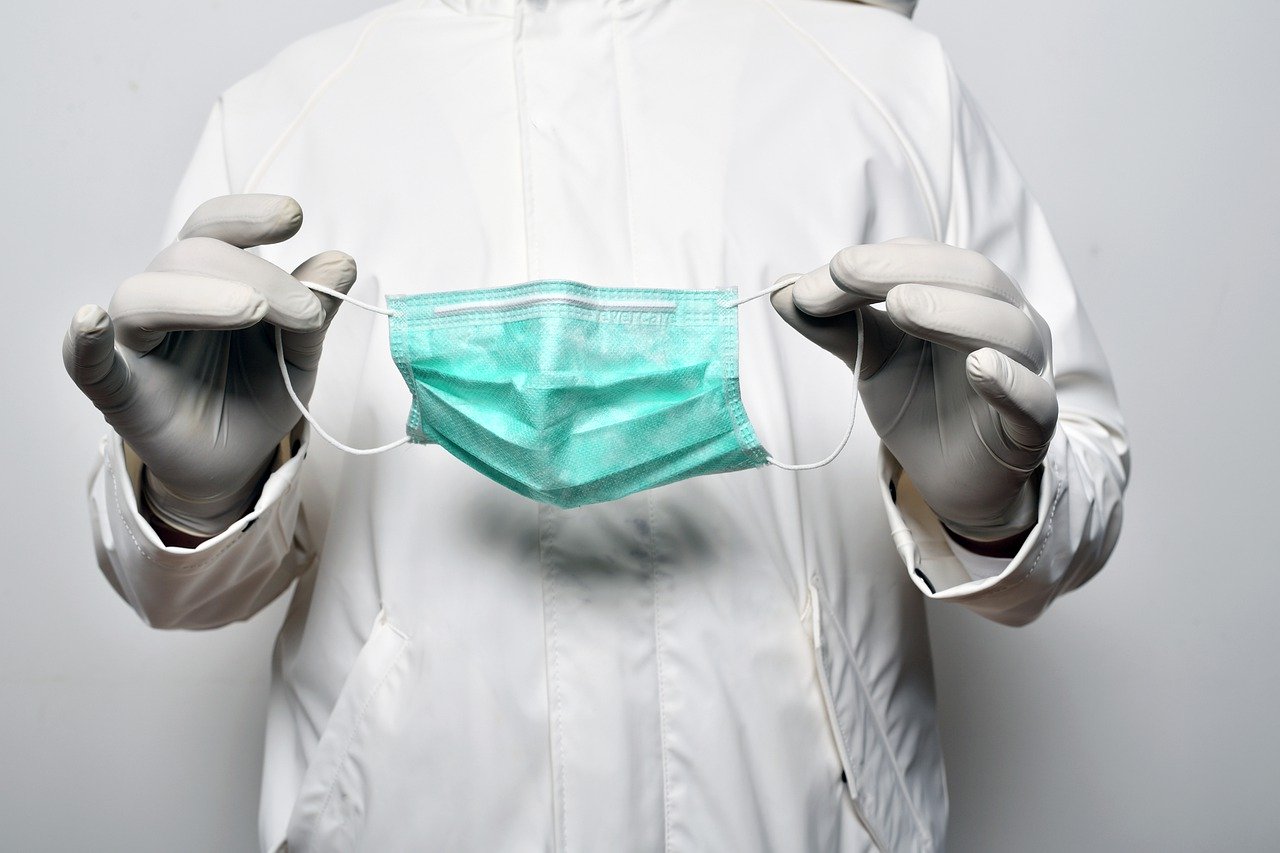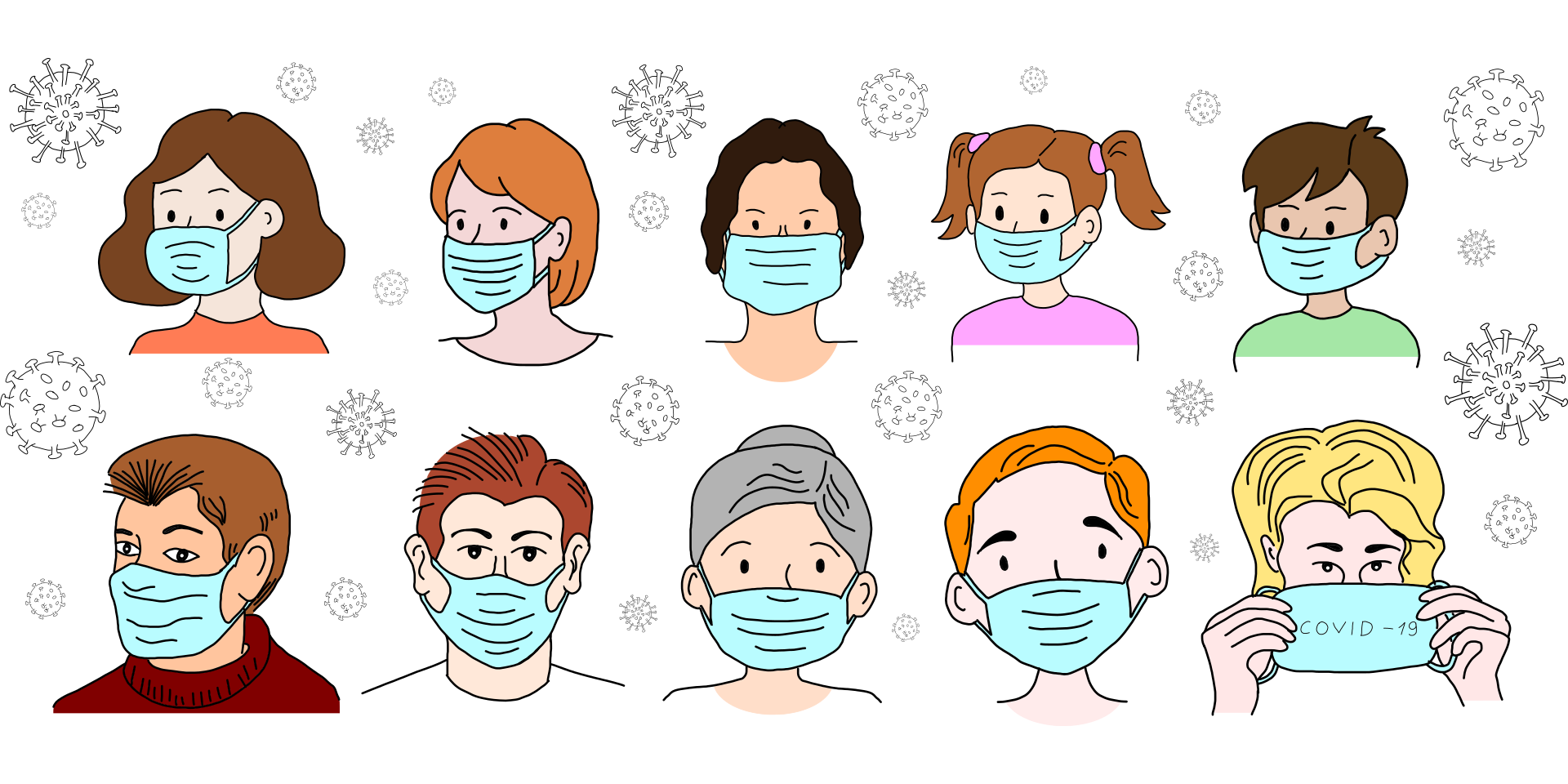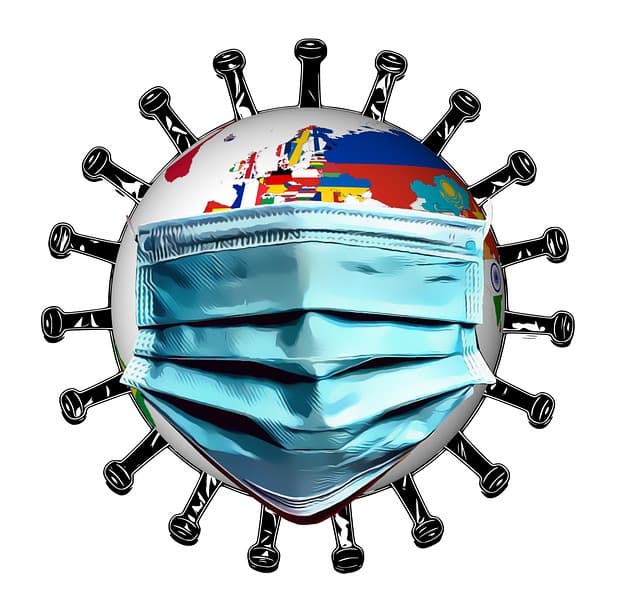
Surgical Mask Guide for Flu-like Symptoms
Face masks are of utmost importance nowadays. They come in several shapes and designs, available as surgical masks, isolation masks, washable fabric masks, dental masks, and layer masks. Some of the masks have elastic straps to be tied around the head, some have ear loops, and some are meant to be tied around the head. These masks are essential to reduce the risk of flu, transmission of bacteria and viruses and fluid transmission.
How does the flu virus spread?
Seasonal influenza viruses are assumed to be spread from person to person, among communities principally through virus-laden droplets produced when the contaminated person sneezes, coughs, or even talks. These droplets can be accumulated onto the mucosal sides of the upper respiratory passage of vulnerable persons who are close to the droplet origin. The virus causing flu transmission also may take place via the direct and indirect interaction with the contaminated person's respiratory fluid emission and through the hand.
Role of Masks Protection against Flu
Disposable surgical masks have a major role to play here. The masks shield the infected person's facial area and help to lessen the spread of contaminants to the surrounding space. In case of flu, if there is only one member of the house who has got infected, others can reduce the risk of getting contaminated by using an appropriate face mask, hand wash, and minimization of physical contact with the sick person in every possible way.
Centers for Disease Control and Prevention (CDC) recommends using a surgical mask to cover the nose and mouth area in the community situation. This is an extra public health measure people should take to reduce the spread of flu viruses. Besides, the use of the mask, frequent hand washing and maintaining distance from the infected person are essential measures to be adhered to. The health advisory authorities of the World also recommend health workers to use face medical masks, particularly for those who come in contact with flu-infected patients.
Types of Masks
N95 Respirators
Respirators, also known as N95 respirator masks, are created to guard the wearer against minuscule particles in the air, like microorganisms, viruses, pollutants, and smog particles. They’re certified by the National Institute for Occupational Safety and Health and Centres for Disease Control and Prevention.
Surgical Masks
These are loosely fitted face masks, used by doctors, nurses and other healthcare workers while treating patients. These are disposable masks and strictly for one-time use. Surgical masks prevent large droplets of physical fluids that comprise of bacteria and viruses, emitted from the nose and mouth. Surgical Masks are graded Level 1, Level 2 and Level 3 with level 3 having the highest level of filtration.
Cloth Masks
These are go-to masks when neither surgical nor n95 are readily available. They are mostly used in public places such as markets and offices, where it is difficult to maintain distance from each other.
Other Protective Measures against Flu
Wearing a mask is essential and very critical to curbing the spread of flu, but it is not the only measure to be taken in controlling the epidemic. One should avoid crowded places, avoid meeting ill people, wash and sanitize hands frequently. It is also advised to clean hands thoroughly before wearing the mask and not to touch the face while wearing the surgical mask. One must use disposable masks only and immediately dispose of it after use. In case someone is using a cloth mask, it is suggested to wash it thoroughly in laundry detergents.
The Correct Way to Wear a Mask
- One must adhere to the following steps while wearing a surgical mask or a simple cloth mask.
- One should wash their hands with soap and water without failure before coming in contact with the face mask.
- One should be alert and careful while removing the mask from the box. Make sure there is no hole or damage incurred.
- Determine the top area of the mask and the front area of the mask so that it is worn in the right way.
- The surgical masks that come with loops should be worn around the ears, while the masks with ties should be tied around the nose. Face masks with bands or straps should be pulled over the top of the crown of the head and towards the bottom of the neck.
- One should pull the mask over mouth and chin to give the maximum coverage.
Worldwide research has proved that surgical masks have led to a three-fold decrease in flu virus contamination in the air. Wearing masks, along with other precautions, yield the best outcome in health hazard recovery.




